Cricket Farming
How to Start a Cricket Farm? Tutorial 1
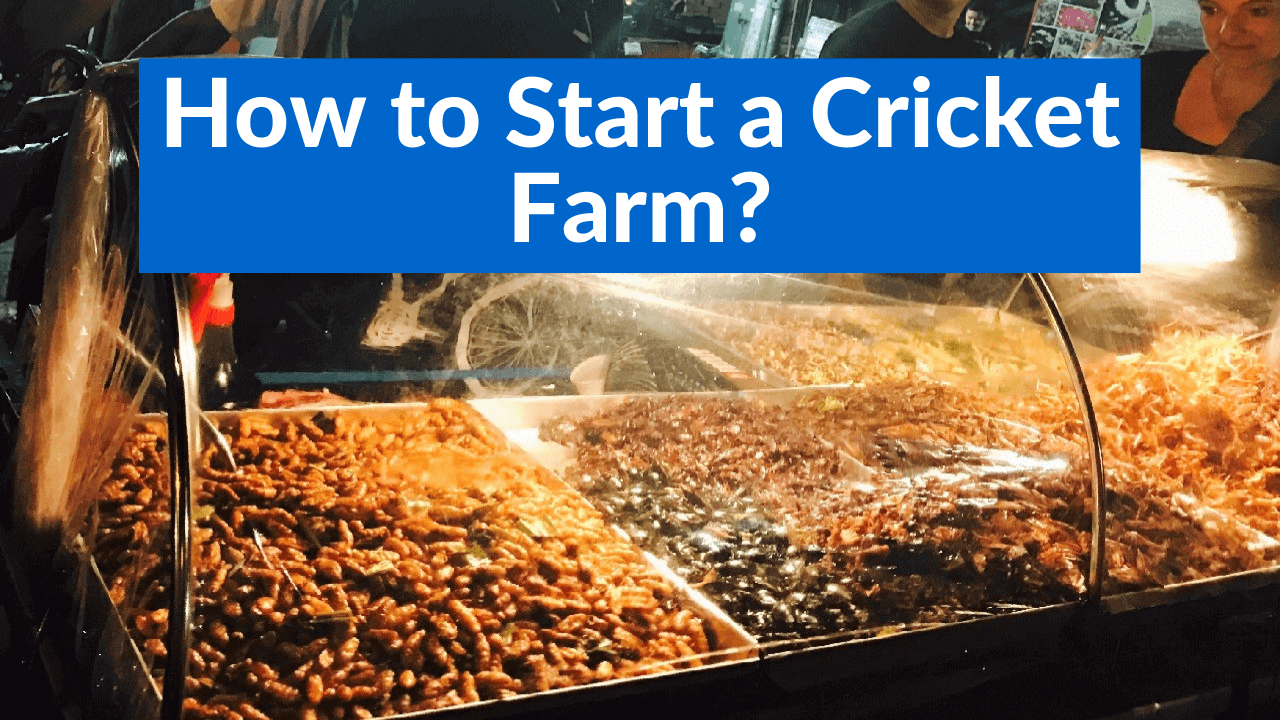
How to Start a Cricket Farm: For decades, people have been raising crickets both commercially and at home, as a feed for their pets, particularly for their reptiles. Crickets are protein-rich and nutritious. Many reptile owners choose to raise crickets themselves because it can be expensive and rather time consuming to go back and forth to the pet store. More recently people in the US have been raising crickets as feed for human consumption. Just as crickets are nutritious for pets, they carry the same great nutrition for us. But the recent growth in cricket eating in the US has been driven more by the realization that crickets leave a small environmental footprint much smaller than the most commonly eaten proteins.
This is the reason why craftcrickets.com started in 2016, Zoe Anton – Vice-President, Austin Miller – Chief Cricket Guy, Dennis Stansbury – Advisor.
Like a lot of recent cricket farm start-ups, motivated by a 2013 report by the United Nations Food and Agricultural Organization about the future of food security, that more or less stated that insects were the food of the future. The report talked about how our current agricultural practices will not be able to sustain a growing world, especially as we grow to 9 billion people in 2050. We need new ways to farm, and the UN report highlighted that eating insects could be an important part of the solution. They are a great source of protein and can be produced using a fraction of the resources of traditional protein sources such as beef or pork.
What are the Reasons for Raising Crickets?
There are lots of environmental and nutritional benefits of raising crickets
Environmental Benefits
1. Land Use
Over half the world’s habitable land is used for agriculture. 77% of that is used for raising livestock.
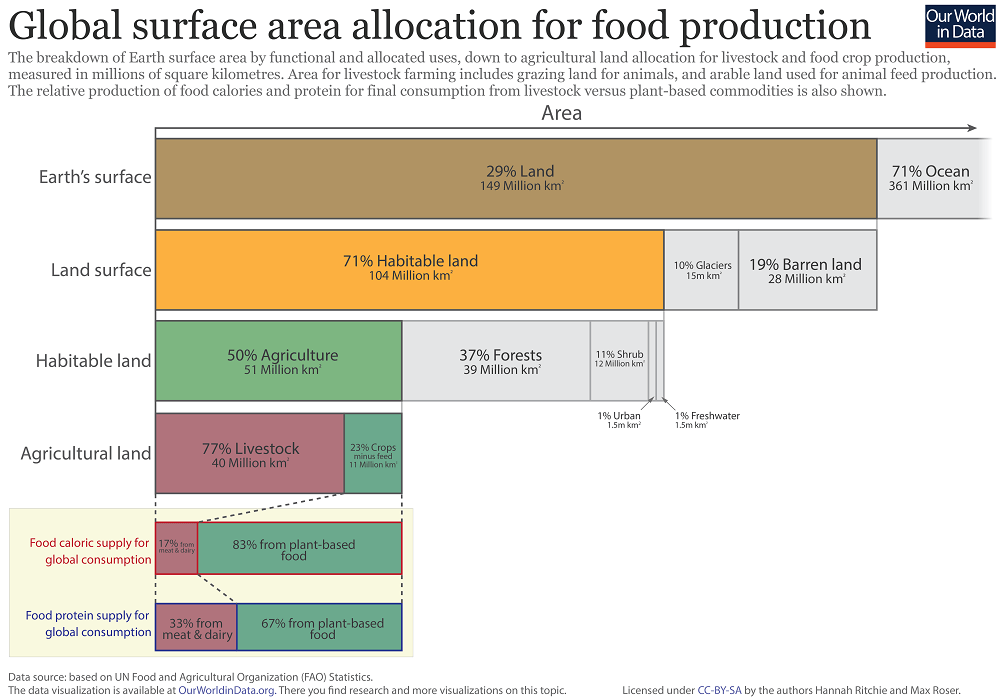
In the UN report, it stated that to raise a kilogram of beef protein you need 200 square meters of land. To raise one kilogram of chicken protein you need 45 square meters of land. But to raise one kilogram of insect protein you need just 15 square meters of land. This is three times less than chicken and 13 times less than beef.

2. Crickets Require Less Feed Resources

According to the UN, you need to feed a cow about 23 kilograms of feed to produce just one kilogram of live weight. For insects, the UN suggests that you need to feed insects about 2 kilograms of feed to produce one kilogram of live weight.
This number is so much lower because insects are cold blood. When they eat, they are not using a bunch of the food’s energy just to make their body warm, instead, a high percentage of that food goes directly to building their body mass and to building protein.
This UN number, 2 kg of food to create 1 kg of live cricket weight is obtainable. When we feed our crickets a diet heavy in protein-rich grains, we can achieve this two-to-one ratio. if we elect to feed them more food weighs say 30% fruit vegetables that we salvaged from going to the landfill this ratio increases to highest four to one which is still much better than the ratio for beef and it is at par with chicken.
3. Crickets Require Less Water
A similar comparison can also be made with water. UN report suggests that there’s a very large difference between the ratio required to produce a kilogram of cricket protein versus to raise a kilogram of beef protein. They don’t have the specifics in the report but they suggest that the number could be as many times as thousand times more superior for crickets.
4. Crickets Produce Less Greenhouse Gases
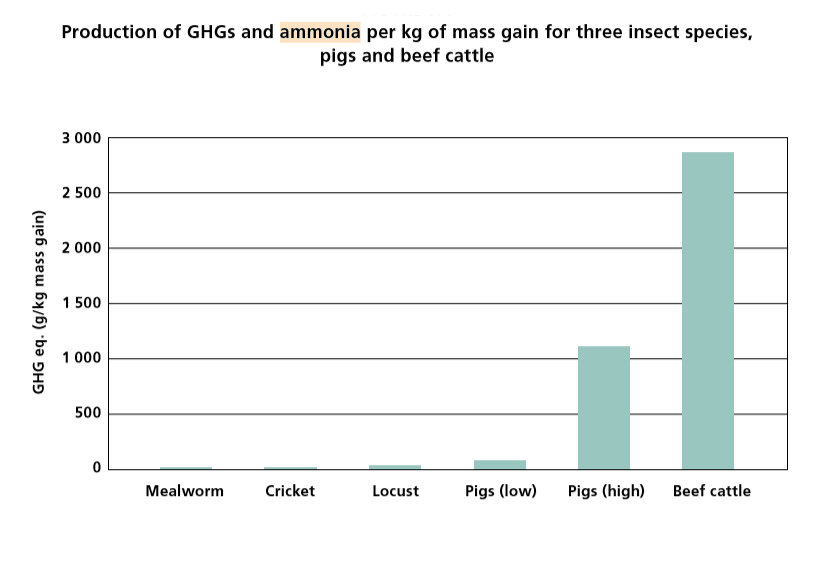
You’ve probably heard that the average cow release bunch of methane just through farting.
This is actually one of the major contributors to greenhouse gases. Crickets produce practically zero greenhouse gases. If you care about the environment, crickets make a huge difference.
The beef industry has been around for generations. They have received billions of research and government subsidies. Just imagine, how much we could improve these figures for crickets which are already at par better than chickens.
Nutritional Benefits

There are also large nutritional benefits. 16 grams of protein is produced per ounce of crickets and a bunch of iron and fibers.
Economics of Cricket Farming
Before you start farming crickets, you need to take some considerations, specifically when it comes to economics. The economics of cricket farming varies greatly whether you plan to raise cricket simply for your own personal use or if you plan to raise them at a commercial level.
Small Scale Cricket Farming
Let’s say you’re raising cricket small-scale for your own personal use. If you have some spare space in your garage or your basement or even in a toolshed, you’ll probably have enough space to have two or three 30 gallon totes. You can find these plastic totes at any retailer. With this space, you should be able to maintain a population of about ten thousand crickets and of those ten thousand crickets you could probably harvest about a thousand a week.
How Much Does Small Scale Cricket Farming Costs You?
Initial Setup Cost
You can find Plastic Totes at any retailer for about $25.There are other materials that you need but if you’re doing it small-scale you can probably just look around your house and find a lot of these things that you aren’t using and that you can put to your backyard cricket farm for free.
Maintenance Cost
After you spend this initial cost there is going to be regular maintenance cost that you’re gonna have to incur just to produce crickets.
- Food Cost: First, there’s the food, you can give some food scraps to your crickets. You’ll need some specialty feed just to ensure that the crickets get enough protein because if they don’t get enough protein, they unfortunately, will cannibalize each other. You can get bags of organic high protein feed for about sixty cents per pound. On average 30 gallon totes of crickets will eat a little bit less than a pound of food a week. When they’re young, they’re going to be eating a lot less than that. So that means if you’re running two or three bins, you shouldn’t be spending any more than two dollars at a maximum per week on food.
- Electricity Cost: Crickets like it warm, around 80s. If you live in a warm climate, where it’s already the 80s then you probably don’t need to worry about any additional electricity cost. If you live in a cooler place, you’ll need to find a way to heat part of your residence a little bit warmer. You can do that with a heat lamp or a heating pad. It will incur some expense.
- Your Time: Other Cost you need to consider which does have monetary implications is your time. If done correctly you shouldn’t need to invest more than five minutes a day on average to your critics. However, if you don’t have five minutes to spare you probably shouldn’t raise crickets. Remember these are live animals that need attention. If you travel often, there are strategies to keep your crickets happy and healthy while you’re away but it may be best not to have crickets. Left neglected, the crickets will escape, they will create odors, they will die, they will cause a nuisance, and it’s a nuisance you can avoid with just a few minutes a day. Even with proper care, it’s inevitable that some of your crickets will escape and their chirpy may keep you up at night. So expect some trips, expect some escapees and you should also expect some odors. If farm correctly, there’ll be very minimal odors but there still will be some, even if that odour is just the odour of the food that the crickets eat.
Starter Crickets Cost
For the initial investment of $25 plus maybe one to two dollars per week you should be able to harvest about a thousand crickets a week. If you’re raising crickets just for your reptile this is probably a great financial deal for you. There’s no way you’re going to need more than a thousand cricket a week. The pet store probably charges you ten to $20 at least for that amount of crickets. So this is definitely a good option here. If your plan is to eat them yourself, a thousand crickets would give you about 50 grams of protein, equivalent to two hamburgers or eight eggs, probably two meals worth of protein that you’d be replacing. So for a couple of bucks a week, to get two meals worth of protein, I think it’s a good deal. In other words, if you have space, you have the time and don’t mind the occasional escape cricket, it makes sense to raise crickets on a small scale.
Large scale or Commercial Cricket Farming
If you plan on selling crickets commercially, you required raising crickets on a larger scale. It makes sense to raise crickets on a small scale when you have space and you’re already heating your residence, but you don’t have space to raise a ton of crickets in your house. So if you’re doing so commercially you need to consider some additional cost.
If you’re gonna race crickets commercially, you’re gonna need a lot of space. On the low end you need a two to three thousand square feet on the high end you need over ten thousand square feet. You could probably estimate to pay 1 to 4 thousand dollars a month for the rent. Aside from the rent of your warehouse, you’ll need to have space in a commercial kitchen to
process your crickets if you plan on processing them. You can expect to pay probably $20 an hour just to use a kitchen. You have to pay for extra utilities, equipments and insurance at least $1,000 if you’re a small food producer and that number can just go up quite drastically depending on how many crickets you’re planning on producing. If you’re becoming a business, you’re gonna need to pay for different licensing, Taxes.
Most importantly you need to consider wages. If you want to get into farming, you need to make sure you are making enough money to pay for yourself and to provide a good wage to people who are helping you up.
I always saw these cost largely just to give you an idea of some of the costs you will incur in future videos we’ll go in more detail about the financial models associated frick environments so I just listed this list but don’t get discouraged that’s not my point of it.
Even with all these costs, cricket farming can be highly profitable but you just need to be large enough to overcome these fixed costs. As with most businesses the larger you get, the more efficient you should become. Which will bring down all your costs. But beware, if you get more efficient and produce a bunch of crickets, you need to make sure that there’s a demand to buy those extra crickets. When you start a commercial farm, think about: How you want to sell them?. Do you plan on selling them wholesale? If so, expect to get anywhere from $5 a pound to $20 a pound for your crickets. If that’s not enough to overcome your fixed cost then you should consider selling direct to consumer. That way you can raise more money per pound of crickets. In other words, if you want to raise crickets commercially, make sure you can achieve the demand required to cover your cost.
Summary
Raising crickets can be done easily and in a matter which creates quality protein with a much smaller environmental footprint than other traditional protein sources. This is why we want more people farming crickets and more people eating them forever. On a small scale, people can raise enough crickets to replace one or two meals a week at a cost of just a few bucks a week. If you want to succeed commercially, cricket farms are to get rich quick scheme. They’re like any other business where you need to ensure that you have enough demand to sell enough previous to generate positive cash flow.
-
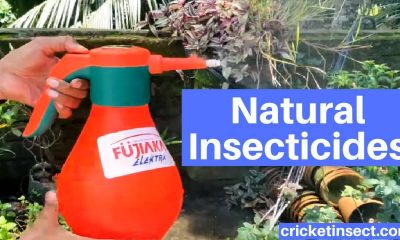
 Cricket insect8 years ago
Cricket insect8 years agoNatural Insecticides to Get Rid of Insects
-
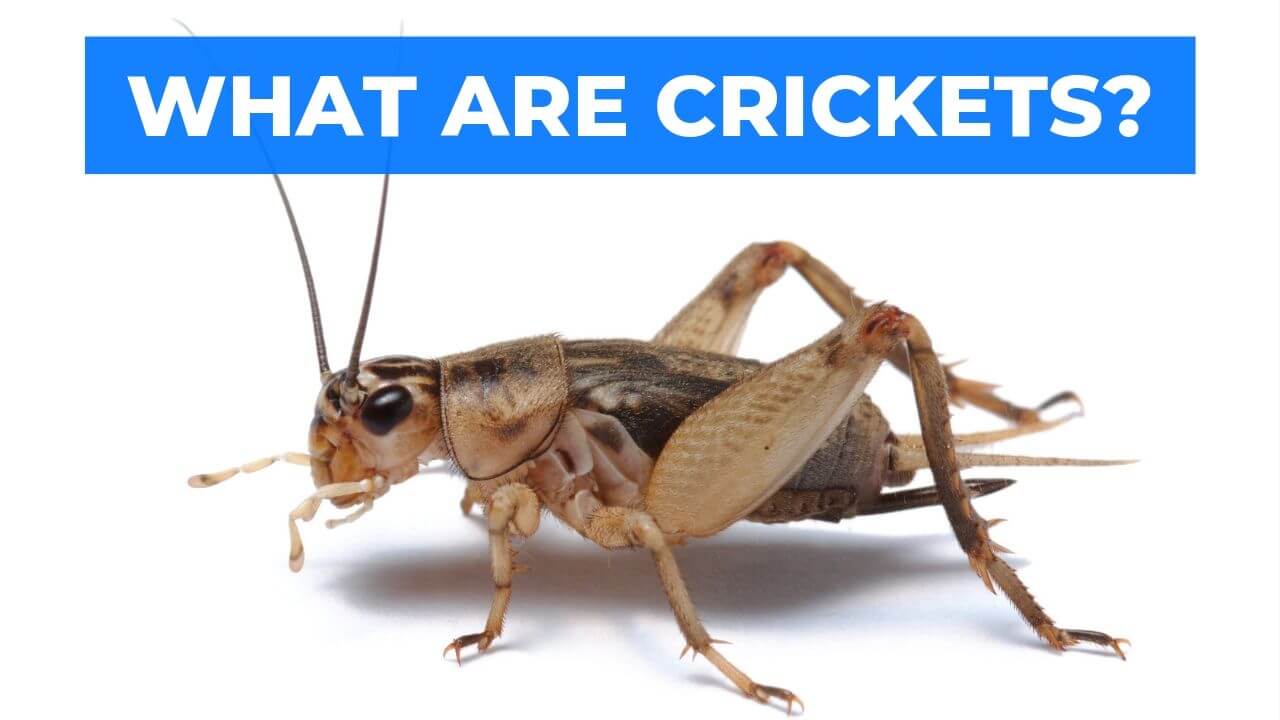
 Cricket insect6 years ago
Cricket insect6 years agoCricket Insect
-
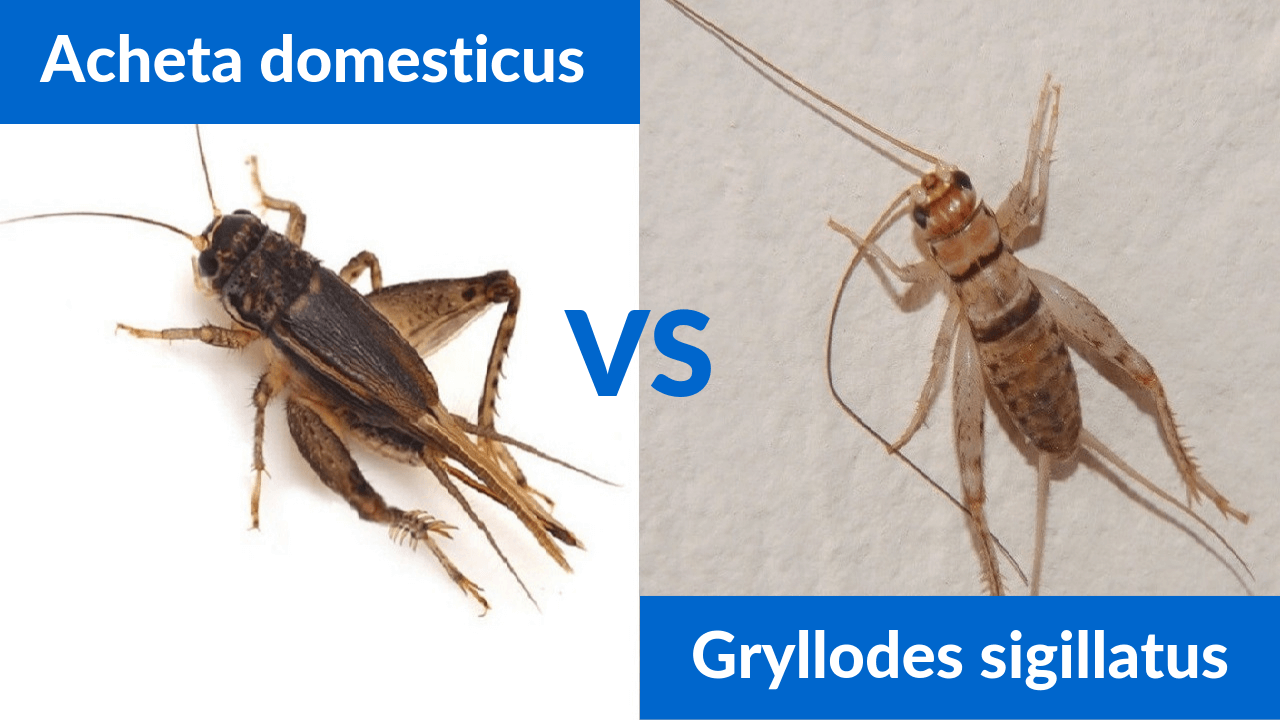
 Cricket Farming6 years ago
Cricket Farming6 years agoStarter Crickets: Acheta domesticus vs Gryllodes sigillatus Tutorial 2
-

 Cricket insect6 years ago
Cricket insect6 years agoHow to Breed Crickets at Home
-
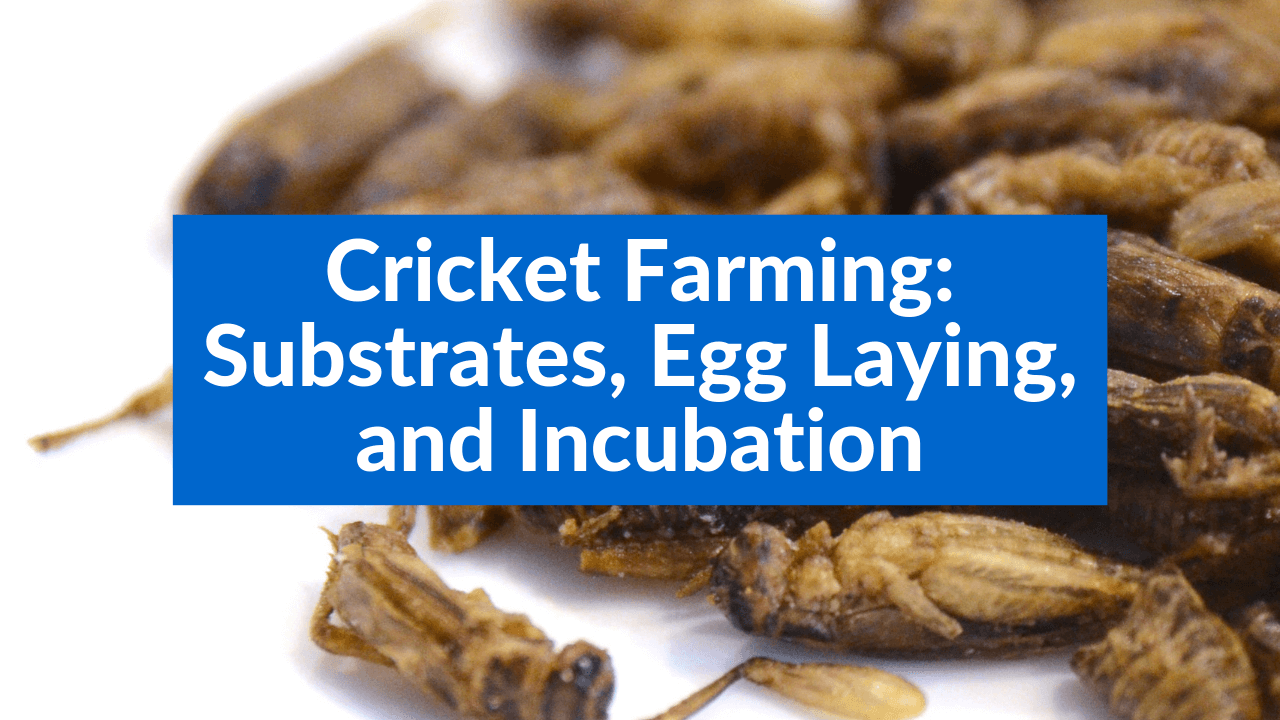
 Cricket Farming6 years ago
Cricket Farming6 years agoCricket Farming: Substrates, Egg Laying, and Incubation Tutorial 5
-
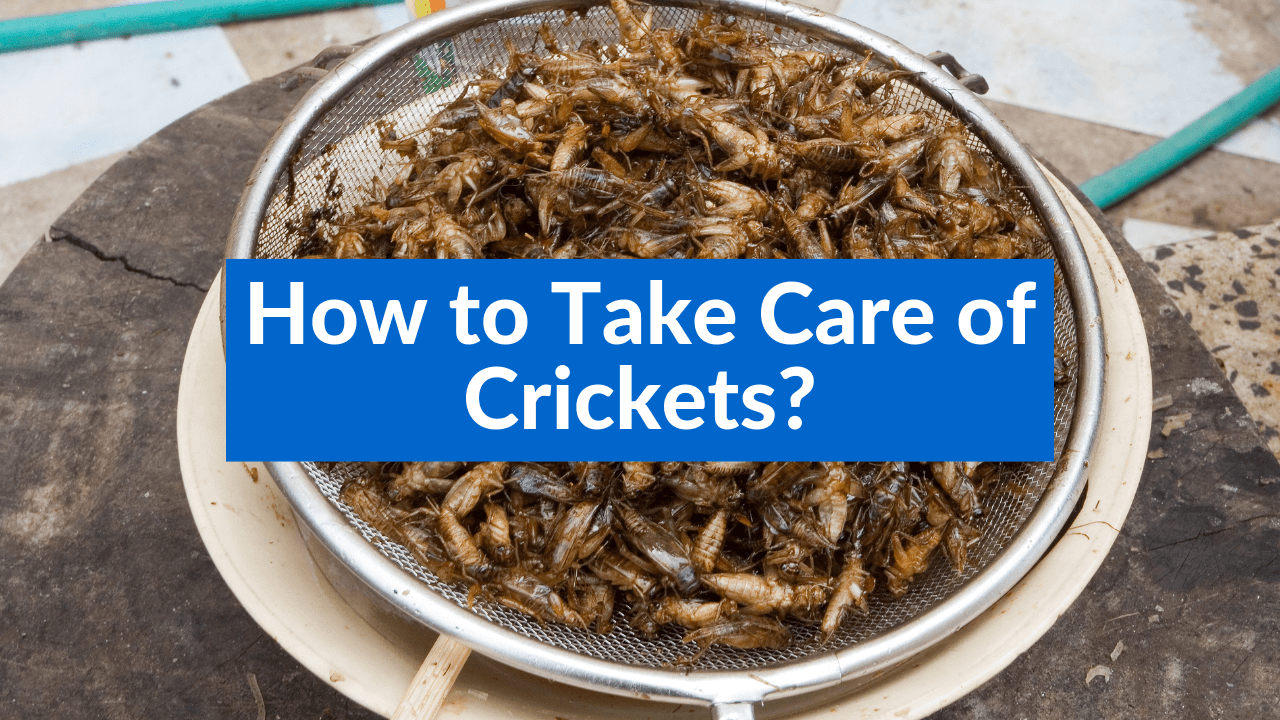
 Cricket Farming6 years ago
Cricket Farming6 years agoHow to Take Care of Crickets, Maintenance, Cleaning and Feeding Tutorial 7
-
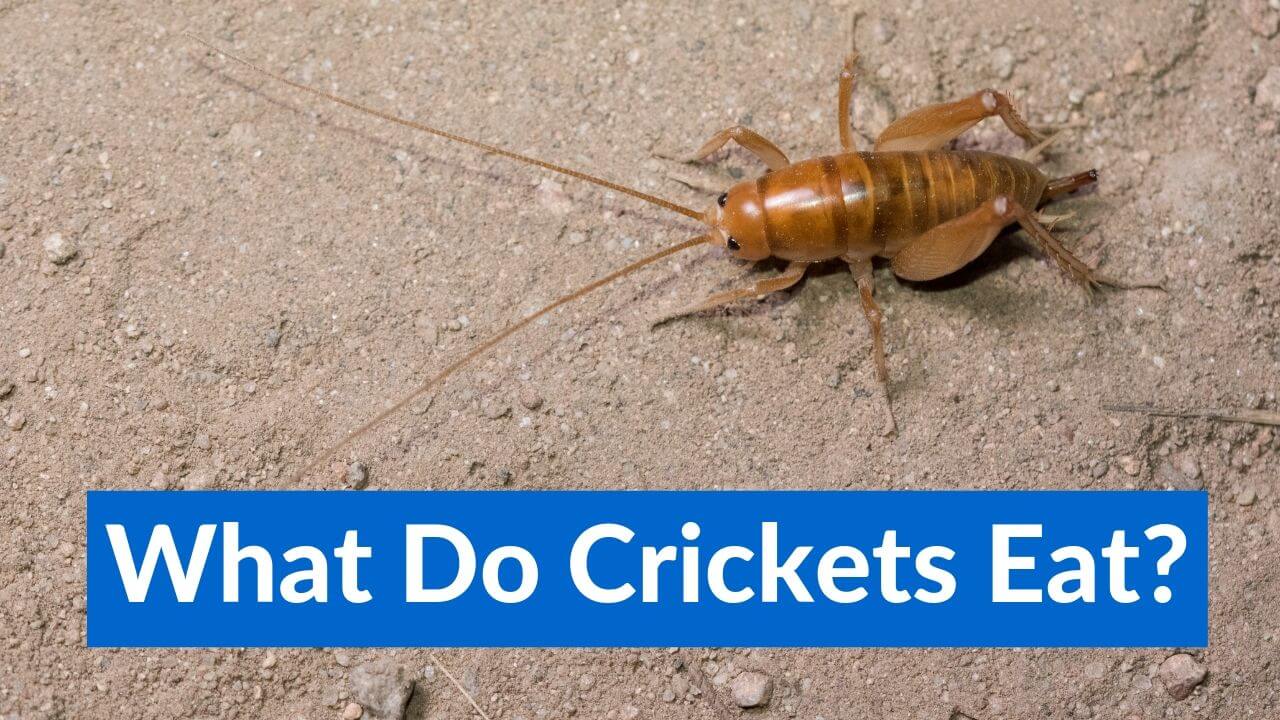
 Cricket insect6 years ago
Cricket insect6 years agoWhat Do Crickets Eat What To Feed Your Pet Crickets
-
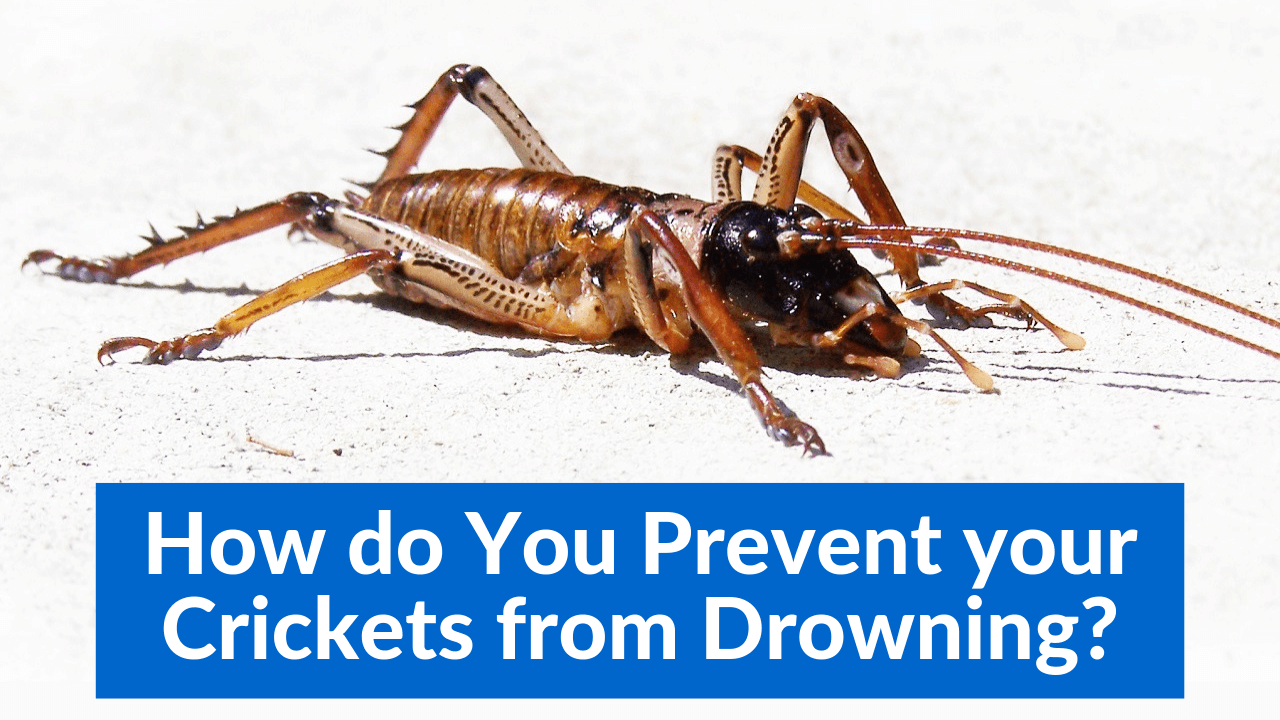
 Cricket Farming6 years ago
Cricket Farming6 years agoHow do You Prevent your Crickets from Drowning? Tutorial 4

